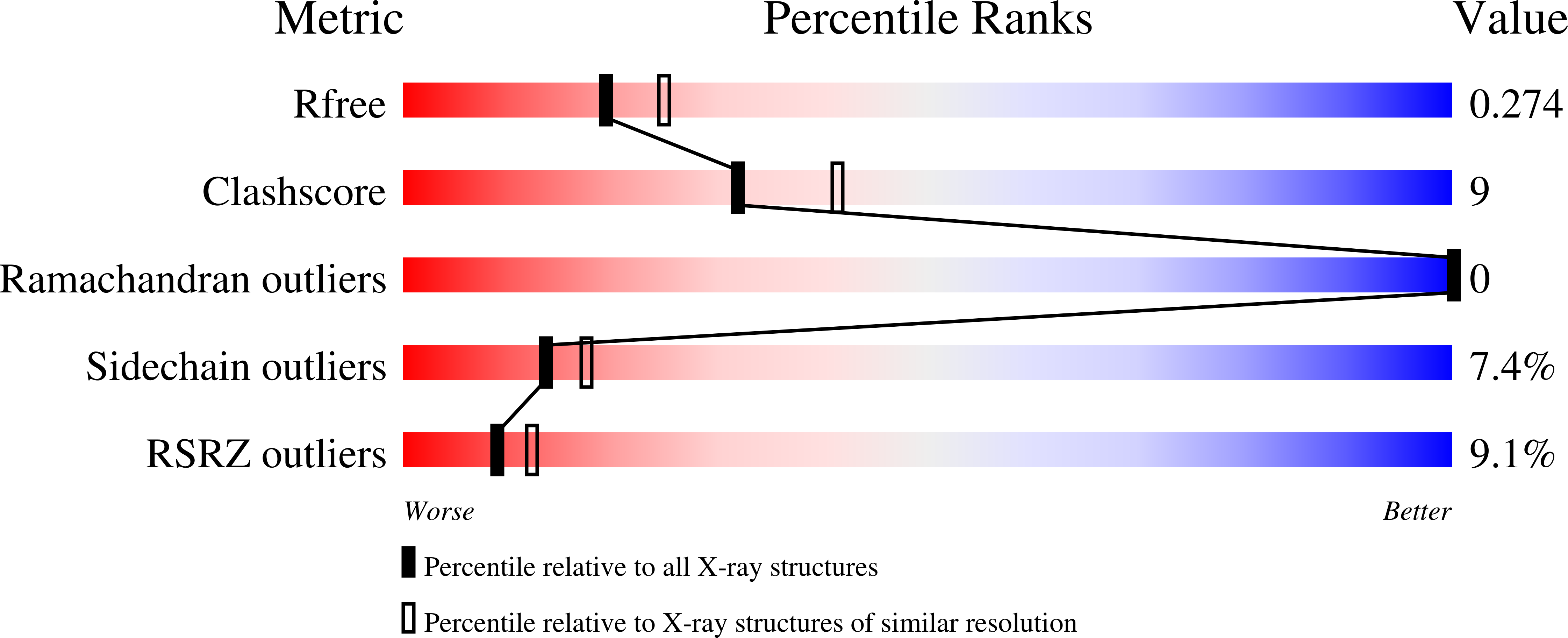
Deposition Date
2009-06-06
Release Date
2009-10-20
Last Version Date
2023-09-06
Entry Detail
PDB ID:
3HQH
Keywords:
Title:
Structures of SPOP-Substrate Complexes: Insights into Molecular Architectures of BTB-Cul3 Ubiquitin Ligases: SPOPMATHx-MacroH2ASBCpep1
Biological Source:
Source Organism:
Homo sapiens (Taxon ID: 9606)
Host Organism:
Method Details:
Experimental Method:
Resolution:
2.30 Å
R-Value Free:
0.27
R-Value Work:
0.23
R-Value Observed:
0.25
Space Group:
P 65 2 2


